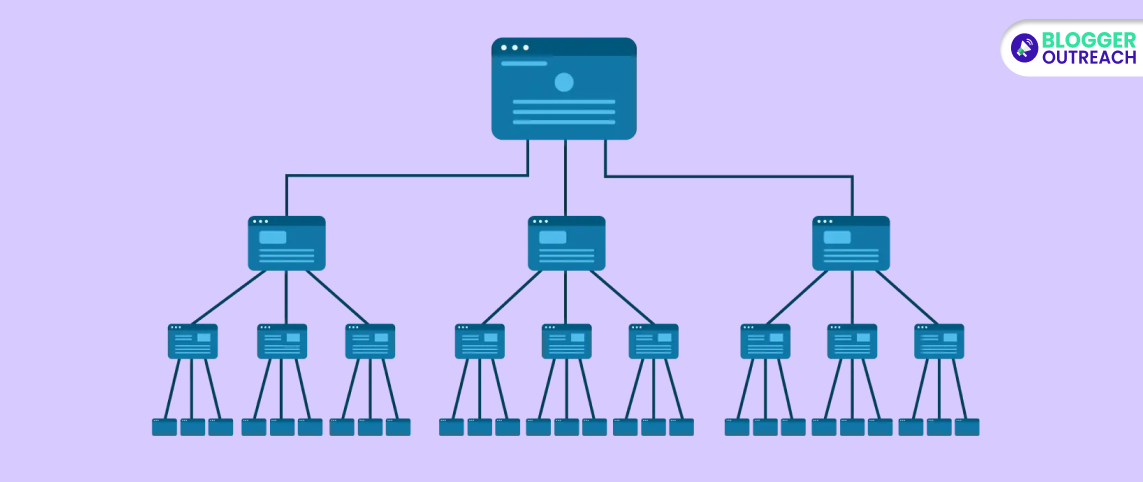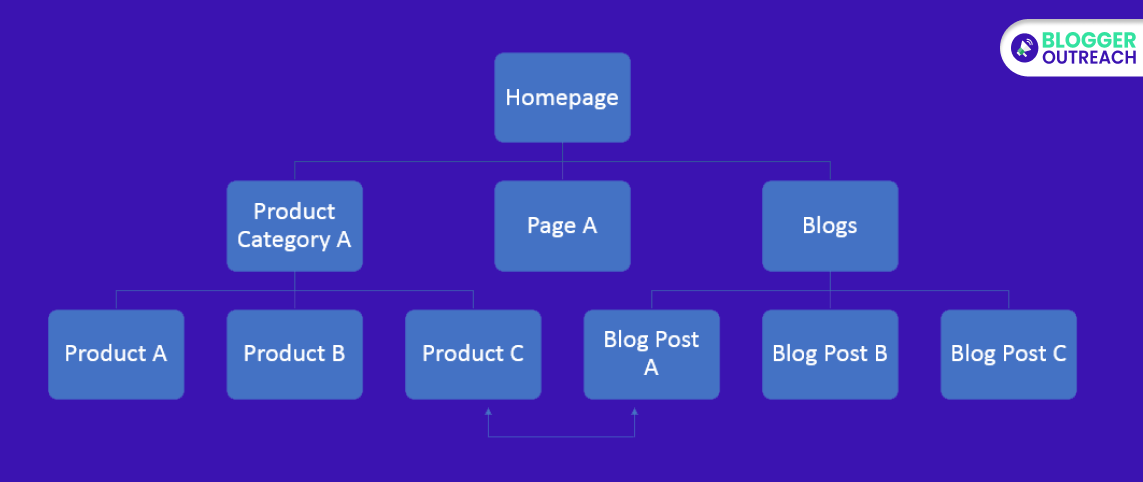Table Of Content
- 1 What Are Internal Links?
- 2 Why Is Internal Link Building Important For Your SEO?
- 2.0.1 (i) Helps Search Engines Crawl And Index Your Website
- 2.0.2 (ii) Aids In Distributing Strength To Internal Pages
- 2.0.3 (iii) Provides Value To Users
- 2.0.4 (iv) Best Practices Of Internal Link Building
- 2.0.5 (v) Use Only Relevant Anchor Text
- 2.0.6 (vi) Add Links That Add Value
- 2.0.7 (vii) Use The Appropriate Number Of Links
- 2.0.8 (viii) Don’t Stuff Links Into The Footer And Sidebar
- 2.0.9 (ix) Audit Old, Existing Content
- 3 Go Link Your Content
Table Of Contents
‣ What are Internal Links?
‣ Why is Internal Link Building Important for your SEO?
‣ Best Practices of Internal Link Building
‣ Go Link Your Content
Internal building is one of the crucial components of a successful search engine optimization (SEO) strategy.
Internal links can be game changers for your business if implemented correctly. These links help users navigate your content and give crawlers effective data about how your website works.
Internal links are extremely common, and every user has encountered them at least once (hint: there are a few links in this article).
To optimize your website for SEO, you must understand what interlinks are, why they are important, and how to improve your interlinking practices.
In this article, we’ll discuss internal link building and provide the best strategies to improve your SEO.
What Are Internal Links?

An internal link is a form of link that connects one page to the other in your website. These links are used by users and search engines to find different content on your website. Internal links are the best way to help google bots crawl your website and rank you higher. They will only be able to find your content if appropriate internal linking is done.
Internal linking is a simple website design issue, and Google expects it. All sites have an architecture and design that keeps them logically structured, much like this silo model.

Look at your website’s layout. Your home page has menu links that connect to other web pages. This could be your About Us, Services, Shop, or Contact Us sections. This internal linking structure is crucial in SEO as it provides an effective website structure and enhances link equity (a value that passes from a linking page to a page it links to).
Why Is Internal Link Building Important For Your SEO?
Internal building is one of the pillars of SEO. Check out a few benefits of internal links and how they can transform your SEO.
(i) Helps Search Engines Crawl And Index Your Website
Google cannot simply find your content out of the blue. Search engines such as Google use links to find content on sites and to rank the content. If a page has multiple links (both external and internal), it signals Google that your page is highly authoritative and will rank higher.
(ii) Aids In Distributing Strength To Internal Pages
If your website has a strong internal linking structure, you can boost your internal page’s earning potential through internal linking to other pages by creating clear click paths. The more structured and tightly built a website is (with a strong internal linking structure), the better your website performs in search engines.
(iii) Provides Value To Users
Users hardly end their search results after looking at just one page. Users are known to navigate through multiple high-value pages to have a clear understanding of a topic.
While it doesn’t drive organic traffic, interlinks play a big role in increasing the content value by backing up facts and information, which improves dwell time (time spent by users on a page).
(iv) Best Practices Of Internal Link Building
Now that you know what internal links are and their key benefits, let’s traverse through the best practices to improve your internal linking game.
(v) Use Only Relevant Anchor Text
Anchor links are then clickable, visible text, allowing visitors to click on the link to navigate other web pages of your site. It tells the search engine and users what the link is about; hence, it is important to use relevant keywords.
Remember not to overdo it, as Google keeps note of dwell time and number of pages visited. You must get users to click your link. Also, refrain from using contrived phrases such as ‘check out this link’ or ‘click here.’ This provides no information about the clickable link.
The best practice would be to include the link in the table of contents or with the navigation menu of a post. This will also improve the overall website structure.
(vi) Add Links That Add Value
Add links only relevant to the source context. If you are unsure about the kinds of links to use, think from the perspective of the users and ask yourself how the link would add value to the content? Keeping this in mind check out the best practices for analyzing the source of the link.
- Ensure the linked content is relevant to the topic discussion.
- Ensure the linked words flow naturally in the content.
- Link-only content that is up-to-date and involves current trends or developments in the industry.
- Unnecessary links hurt your SEO especially if Google deems your links to be spam. If the link has no value, refrain from adding it.
(vii) Use The Appropriate Number Of Links
Regarding internal linking, quality over quantity is the only way to reach the top. Refrain from overloading your page with links that might overwhelm your visitors and dilute the overall impact of the link. You might have a question: what is the appropriate number of links? This depends on the following factors:
Target Audience: Consider your ideal audience’s preferences and browsing habits. While tech-savvy users might prefer resourceful links, too many will overwhelm casual visitors.
Content Topic and Length: You can add more links to a comprehensive topic. However, refrain from adding unnecessary ones, even in lengthy posts. Add links you feel would make the visitor’s experience gratifying.
While it is tempting to add as many links as possible on your website, one must stay away from the practice.
Many websites make the mistake of cramming links with highly searched keywords in headers and sidebars. This is extremely dangerous, especially if you have a large hierarchical website.
This will further lead to thousands of duplicate links. You might even be hit by a spam penalty for this error.
The only way to add multiple interlinks is by having dynamic content. To avoid this, create multiple layouts, instead of the same header or footer on every page, then specify where you want to showcase them.
This enhances your user experience (UX) since you only add relevant links to your page.
(ix) Audit Old, Existing Content
Updating old content and replacing older links with new and updated ones is always the best way to build your content audits.
Internal link building is simply not just adding individual links, but it creates a bridge between related pieces of information.
You can consistently refine your SEO, drive more traffic, and improve your website’s UX by constantly reviewing and updating your web pages and internal links.
Go Link Your Content
Now that you know what internal linking is, its best practices and why they matter, it’s time to put on your SEO cape and get linking. Without an effective internal linking strategy, you cannot show your users which of your content is valuable and informative. Follow the best practices and increase your chance to climb the search engine ladder.
Read Also:









